Cold Food Festival, also known as Banh Troi Banh Chay Festival, takes place on the 3rd day of the 3rd lunar month every year.
This is a traditional holiday that bears the cultural imprint of the Vietnamese people, an occasion for descendants to turn to their roots to demonstrate the tradition of "remembering the source of water when drinking."
On this day, Vietnamese families often make banh troi and banh chay to offer to their ancestors.
Cold Food Festival 2025 falls on Monday (March 31st).
Origin of Cold Food Festival
In Chinese, "han" means cold, "thuc" means to eat, "Cold Food Festival" is the festival of eating cold food. This traditional custom originated in China with the story of Jie Zitui burning to death.
It is said that during the Spring and Autumn period (770-221), King Wen of Jin was in turmoil and had to leave his country in exile, living in Qi and Chu. On his way to escape, King Jin was wholeheartedly assisted by the wise man Jie Zitui. Jie Zitui followed King Wen of Jin for 19 years, experiencing hardships together, and training hard to become talented. When food supplies were running out, Jie Zitui even secretly cut a piece of his thigh flesh and cooked it for the king.
After learning about the incident, the Jin king was extremely grateful. However, when he regained the throne and conferred titles on those who had contributed, the Jin king forgot about Jie Zitui's help.
However, Jie Zitui was not resentful, he returned and took his old mother into the mountains to live in seclusion. After a while, when the king remembered, he sent someone to look for Jie Zitui but he refused to come back to receive the reward. Seeing this, the king ordered the forest to be burned to force him to come forward, but instead he and his mother died in the mountains on the 3rd day of the 3rd lunar month.
Jie Zitui's death left the king heartbroken and regretful. The Jin king built a temple to worship him, ordered that people abstain from using fire for three days and only eat cold, pre-cooked food. Every year, on the third day of the third lunar month, people were forbidden to use fire to cook, and even the food offerings had to be prepared the day before.
According to traditional customs, the 3rd day of the 3rd lunar month every year is the Cold Food Festival, in memory of Jie Zitui.
Vietnamese cultural identity
Although originating from China, the Cold Food Festival has been created and transformed by Vietnamese people according to their own cultural identity.
The Vietnamese Cold Food Festival is also known as Banh Troi and Banh Chay Festival because these are two traditional cakes made and offered to ancestors on this day.
Banh troi is made from glutinous rice flour, shaped into small balls, with brown sugar filling inside. When boiled, the balls float to the surface of the water, are scooped out and sprinkled with roasted sesame seeds. The round shape of the balls symbolizes completeness and purity.
Banh troi, banh chay. (Source: VNA)
Similar to banh troi, banh chay is also made from sticky rice flour but has mung bean filling. The cake is shaped into a flat round shape, after being boiled, it is placed in a bowl and poured with sweet ginger sugar water.
Cold Food Festival in Vietnam is an occasion for Vietnamese people to pay respect to their ancestors and Buddha, showing respect and gratitude for their origins. Cold Food Festival is also a bridge between the past and the present, helping each person realize their identity and roots.
On this day, people prepare offerings to their ancestors and offer them to Buddha. Many places also have the custom of worshipping the royal gods to pray for peace and prosperity for the country and its people. This is not only a simple act of gratitude but also an opportunity to express deep gratitude for the cultural and traditional values that have been passed down through generations.
Offering banh troi and banh chay to ancestors on Han Thuc Festival. (Source: VNA)
One of the beautiful features of the Cold Food Festival culture is family reunion. This is an opportunity for family members to gather together, make banh troi and banh chay, and burn incense to worship their ancestors. After that, the whole family will enjoy the Cold Food Festival feast and share stories with each other.
In Vietnamese culture, banh troi and banh chay are not only delicious dishes but also remind us of an old legend. It is the story of mother Au Co giving birth to a sac of one hundred eggs that hatched into one hundred children. When the children grew up, Au Co and Lac Long Quan said goodbye to each other, and the one hundred children were divided into different places to govern. Those one hundred people were the ancestors of the Vietnamese people.
Banh troi are small and round cakes with sugar or mung bean filling inside, symbolizing the 50 children who followed their mother to the forest. Banh chay are large, slightly flat cakes with sticky rice flour crust and mung bean filling, symbolizing the 50 children who followed their father to the sea.
A unique feature of Vietnamese culture is shown through two traditional cakes: banh troi and banh chay. Both cakes are made from the main ingredient of sticky rice flour, showing the development of the rice civilization for thousands of years.
At the same time, this is also a way to honor the labor of farmers, a good tradition maintained through the generations. Banh troi and banh chay are not only delicious dishes but also have spiritual significance during Vietnamese holidays.
A unique feature of Vietnamese culture is expressed through two traditional cakes: banh troi and banh chay. Both cakes are made from the main ingredient of sticky rice flour, showing the development of the rice civilization for thousands of years. At the same time, this is also a way to honor the labor of farmers, a good tradition maintained through the generations.
Banh chay has a shell made from rice flour, inside is a filling made from mung beans. The cake has a white shell, the filling is bright yellow. Banh chay has a yin character, contrasting with banh troi which has a yang character. Yin and yang are in harmony, representing the balance and harmony of nature and humans. Banh troi and banh chay are used during Han Thuc Festival to pray for a less hot summer and favorable weather.
One of the beauties of Vietnamese cuisine is its richness and diversity, suitable for each season and occasion. Banh troi and banh chay not only have spiritual significance but also reflect the creativity and ingenuity of the Vietnamese in preparing food according to the weather.
Because March is the transitional month between spring and summer, when the heat begins to appear. People have come up with ways to make cold cakes with a sweet, refreshing taste that help cool down and provide nutrition./.
(Vietnam+)
Source: https://www.vietnamplus.vn/tet-han-thuc-net-dep-truyen-thong-cua-nguoi-viet-nam-post1022504.vnp


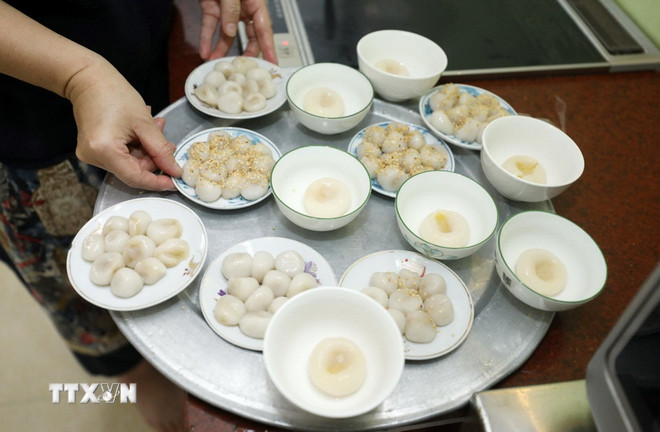
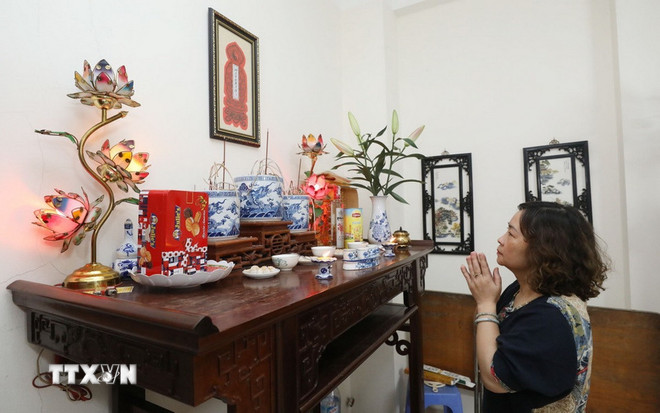
![[Photo] Prime Minister Pham Minh Chinh works with the Standing Committee of Thai Binh Provincial Party Committee](https://vphoto.vietnam.vn/thumb/1200x675/vietnam/resource/IMAGE/2025/5/12/f514ab990c544e05a446f77bba59c7d1)

![[Photo] Prime Minister Pham Minh Chinh starts construction of vital highway through Thai Binh and Nam Dinh](https://vphoto.vietnam.vn/thumb/1200x675/vietnam/resource/IMAGE/2025/5/12/52d98584ccea4c8dbf7c7f7484433af5)
![[Photo] Buddha's Birthday 2025: Honoring the message of love, wisdom, and tolerance](https://vphoto.vietnam.vn/thumb/1200x675/vietnam/resource/IMAGE/2025/5/12/8cd2a70beb264374b41fc5d36add6c3d)



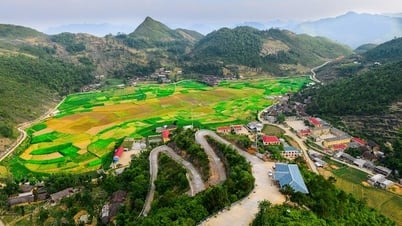
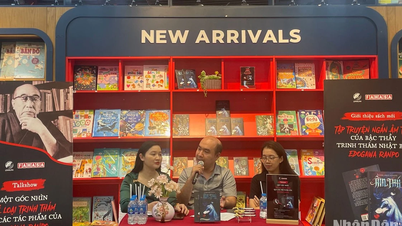

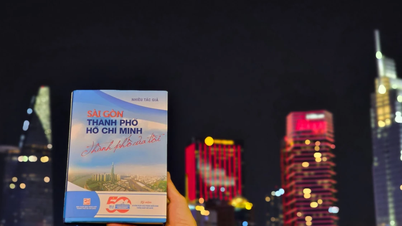






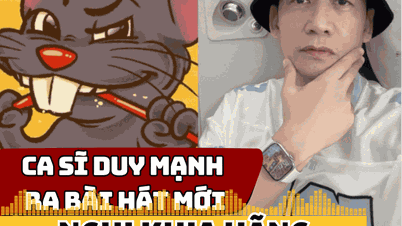

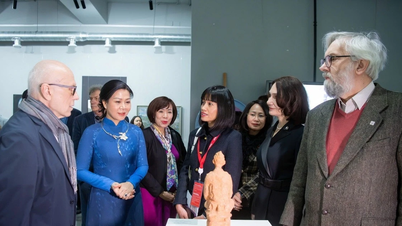
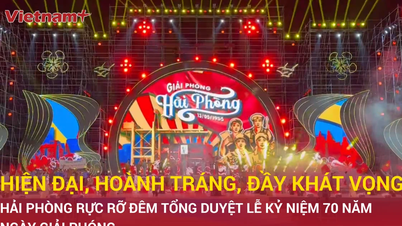











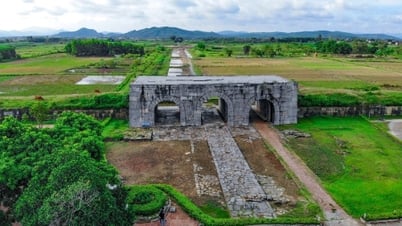










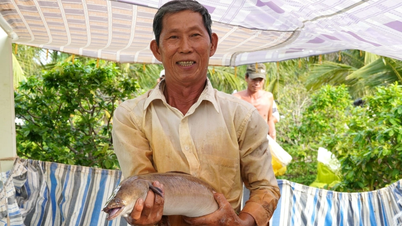























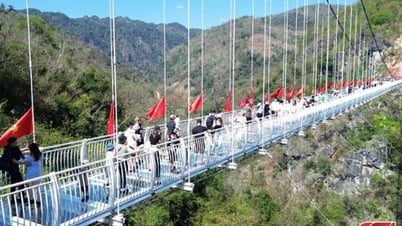





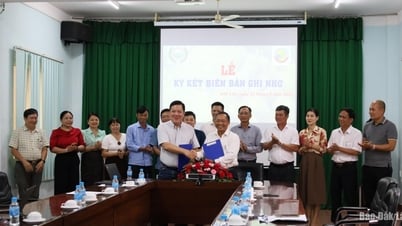
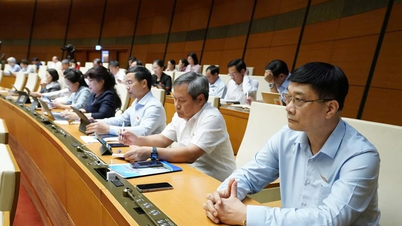

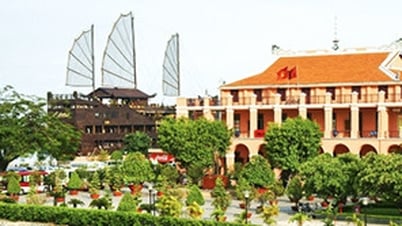

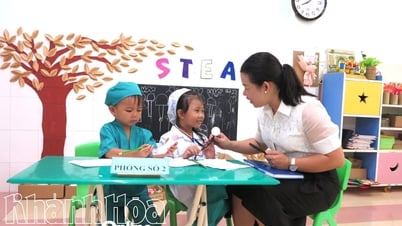












Comment (0)